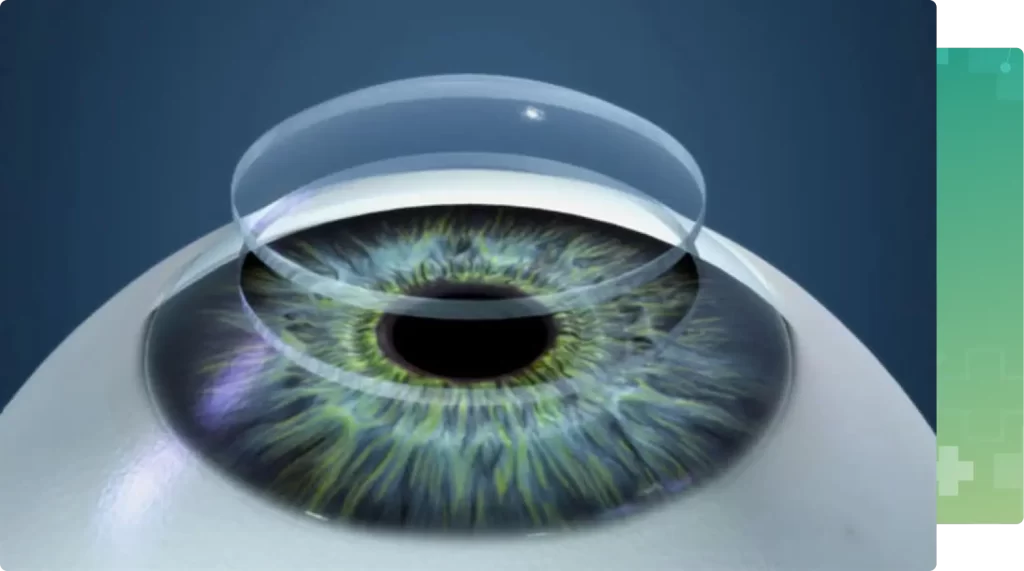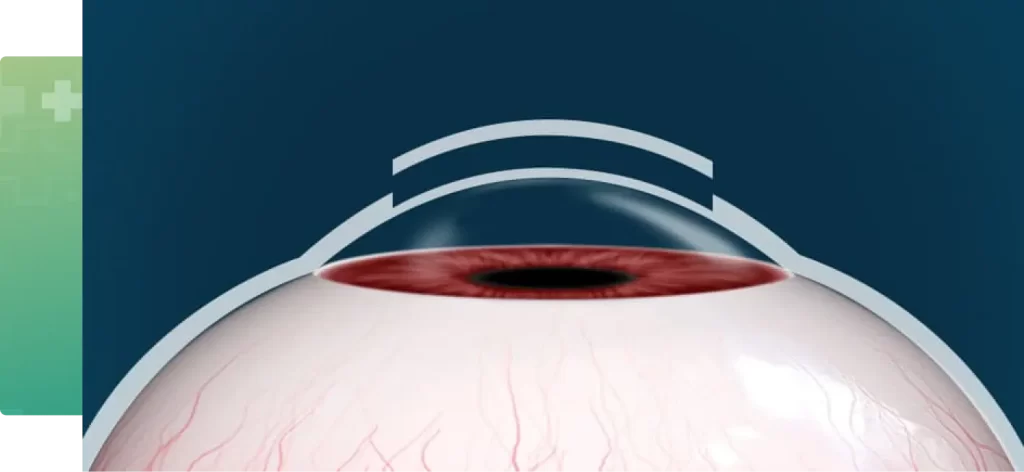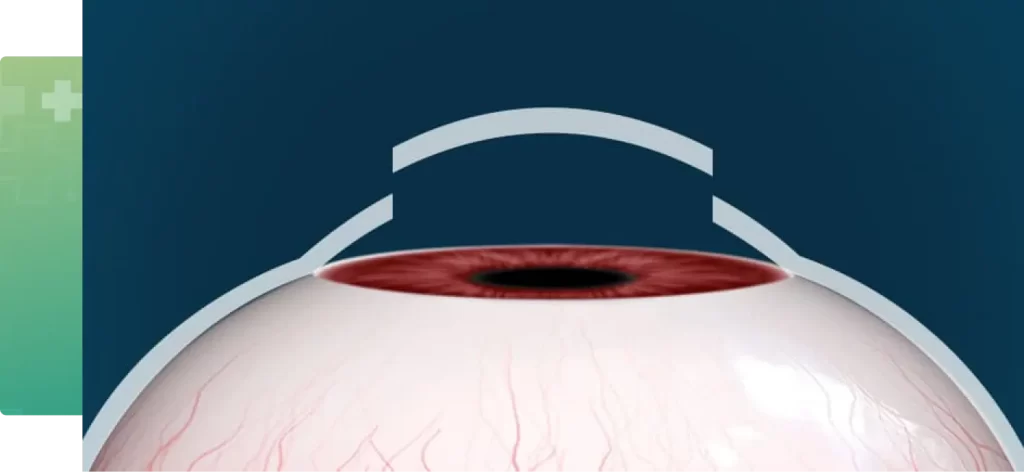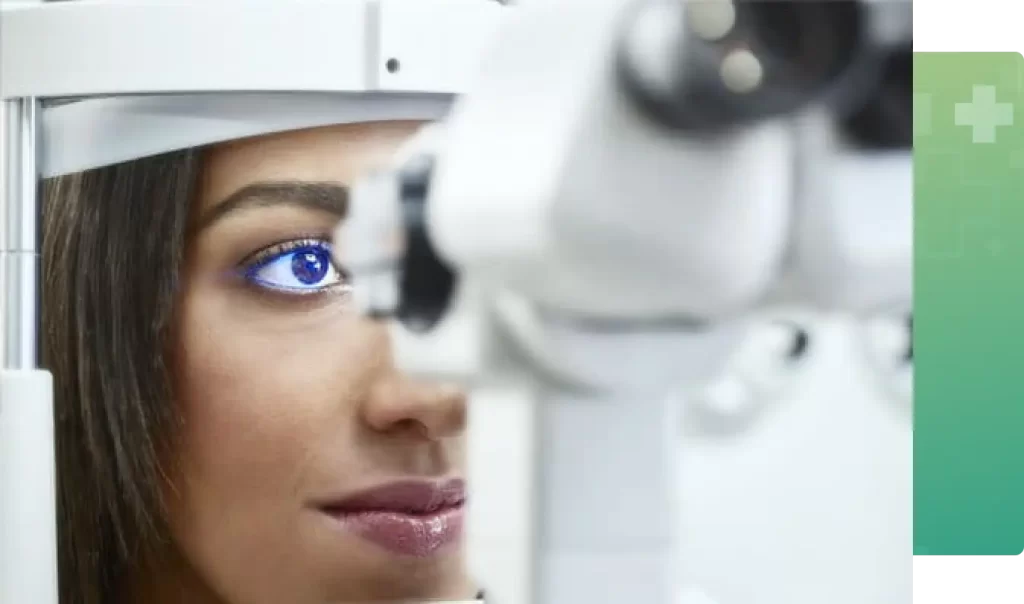Keratoconus is a condition that requires corneal transplant when the patient has extremely thin cornea or has very low vision which cannot be corrected by rigid contact lenses either due to scarring, steepening of cornea or intolerance to these lens. Mostly the corneal transplant is done on an outpatient basis – so you can leave the hospital or center a few hours after the surgery is done.


Partial corneal transplant in which the anterior diseased layers of the patient’s cornea are removed and replaced with the same layers from a healthy donor cornea. There are less chances for corneal graft rejection or failure and requires less recovery.

Full thickness Corneal Transplant in which all layers of the patient’s cornea are replaced by a donor cornea. This is undertaken when the disease is sufficiently advanced with scarring, so as to preclude a lamellar or partial transplant.
Vision may continue to change for many months, even upto a year to get good stable vision. Visual recovery is usually faster with DALK compared to a penetrating Keratoplasty. Most stable vision usually occurs after all sutures are removed, which occurs at different times for different patients. The majority of Keratoconus patients have their sutures removed 12 months after surgery.
A small percentage of transplant patients obtain good uncorrected vision that does not require contact lens or glasses but majority of cases, some kind of vision correction may be needed after surgery.


What to Expect at Every Visit
Day 0: After Surgery, you will be examined by a doctor and medications, precautions will be explained in detail. Day 1: A doctor will examine your eye and post surgical healing
Day 3 / 4: Your Bandage Contact Lens will be removed by your doctor. Additonal eyedrops will then be started for your operated eye.
Day 10: On this check up, the doctor will monitor your healing post surgery. This follow up is essential to monitor your intra ocular pressure (eye pressure) after surgery.
Day 30 (1 month): On this follow up, after checking the post surgical healing progress, your doctor will advise some corneal scans for you. This is to monitor the thickness and shape of the cornea post surgery. Your eye pressure will also be checked.
Day 90 (3 months): This is an important visit for Visual Rehabilitation. Your glass power will be checked and temporary glasses will be prescribed to you. Corneal Scans will be repeated to monitor the disease in your other eye as well as operated eye. If required, surgery will be advised for your other eye. 6 months: Your Glass Power will be re checked & if desired a contact lens trial can be undertaken at this visit. Contact Lenses can be prescribed for both eyes if disease is stable in other eye. At this & every subsequent 6 monthly visit, corneal scans will be repeated to monitor the disease in your other eye as well as the operated eye. If required, surgery will be advised for your other eye. If at any time point, you experience sudden blurring / clouding of vision, redness in both eyes, please visit us immediately. A doctor will examine you and do the needful.